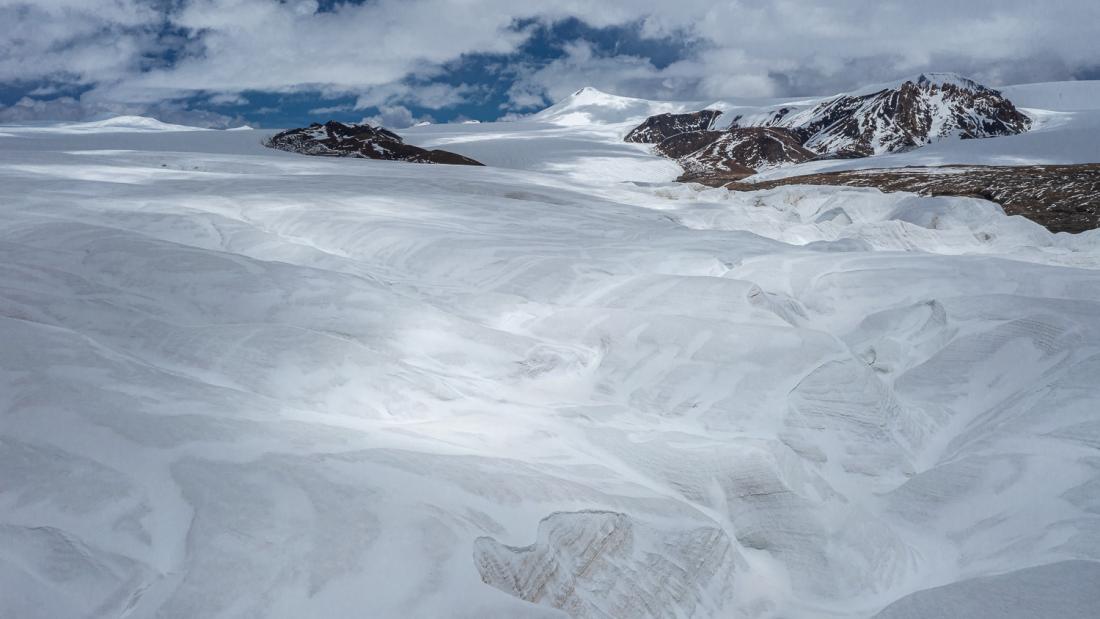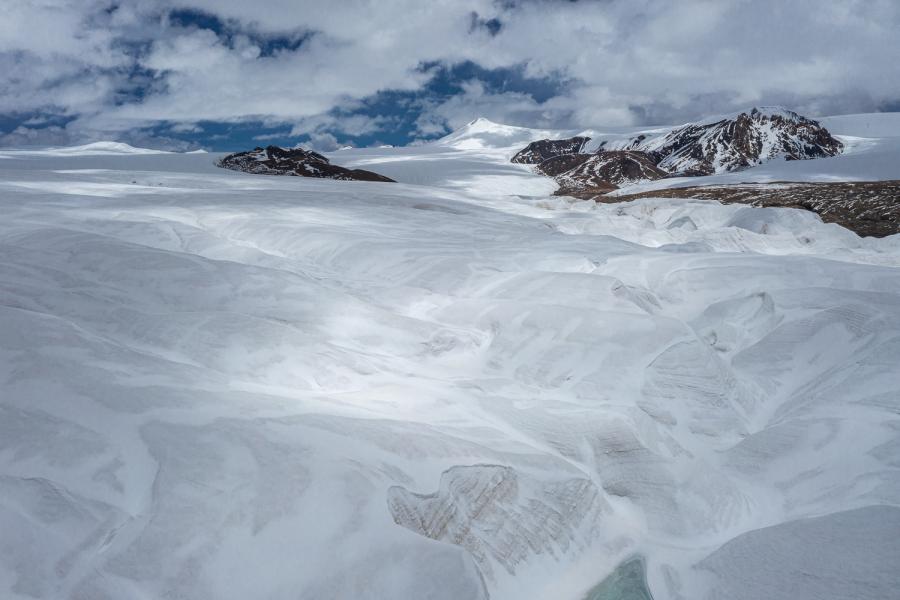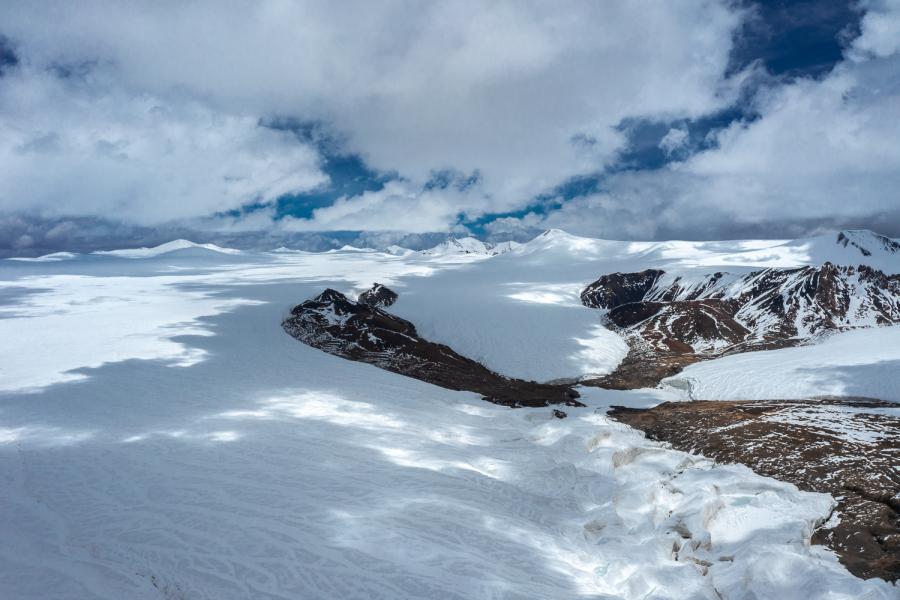A new study published in Geophysical Research Letters, reveals that the surface temperature of Himalaya’s glaciers has increased at an even faster rate than the non-glacial regions (Glacial = 0.37 C/decade, Non-glacial = 0.29 C/decade) within two decades (2001-2020). At the temperature peak in the autumn, glaciated areas of the Himalayas were twice as warm as non-glaciated areas.
The findings in this, the first paper to consider surface temperatures of Himalayan glaciers over long time scales, suggest that the data recorded is linked to large losses in glacier mass. The Himalayan glaciers are a source of vital fresh water to the surrounding population and downstream ecosystems. This loss of glacial mass also makes the glaciers themselves more hazardous.
Previous studies in this climate sensitive environment have primarily focused on air temperature changes measured from a limited number of ground-based observational stations, as well as from a number of satellite-derived land surface temperature products.
In the past, people have looked at extremes in air temperature and at what we call marine heat waves, or extreme temperatures in the ocean. I have also been looking at similar heatwaves recorded in the surface temperatures of lakes. However, this paper which looks at the surface temperature of Himalayan glaciers shows how these areas in the Tibetan Plateau are reaching extreme levels more frequently and that's worrying.
Longer lasting and more intense glacier surface heatwaves are likely to occur
Woolway adds: “Our study suggests that in recent years, high altitude areas have experienced a greater increase in heatwave duration both annually and seasonally between spring and autumn.
“Under continued global warming, the Tibetan Plateau will likely experience accelerated warming this century, relative to historic trends.
“In this region it is expected that, relative to the global average, high elevation areas will warm at a faster rate. As a result, longer lasting and more intense glacier surface heatwaves are likely to occur.”
This study used satellite-derived land surface temperature data across the Tibetan Plateau. The analysis revealed an increase in the duration and cumulative intensity of glacier ‘heatwaves’ in the autumn.
Dr Woolway worked with researchers at the Institute of Tibetan Plateau Research.



